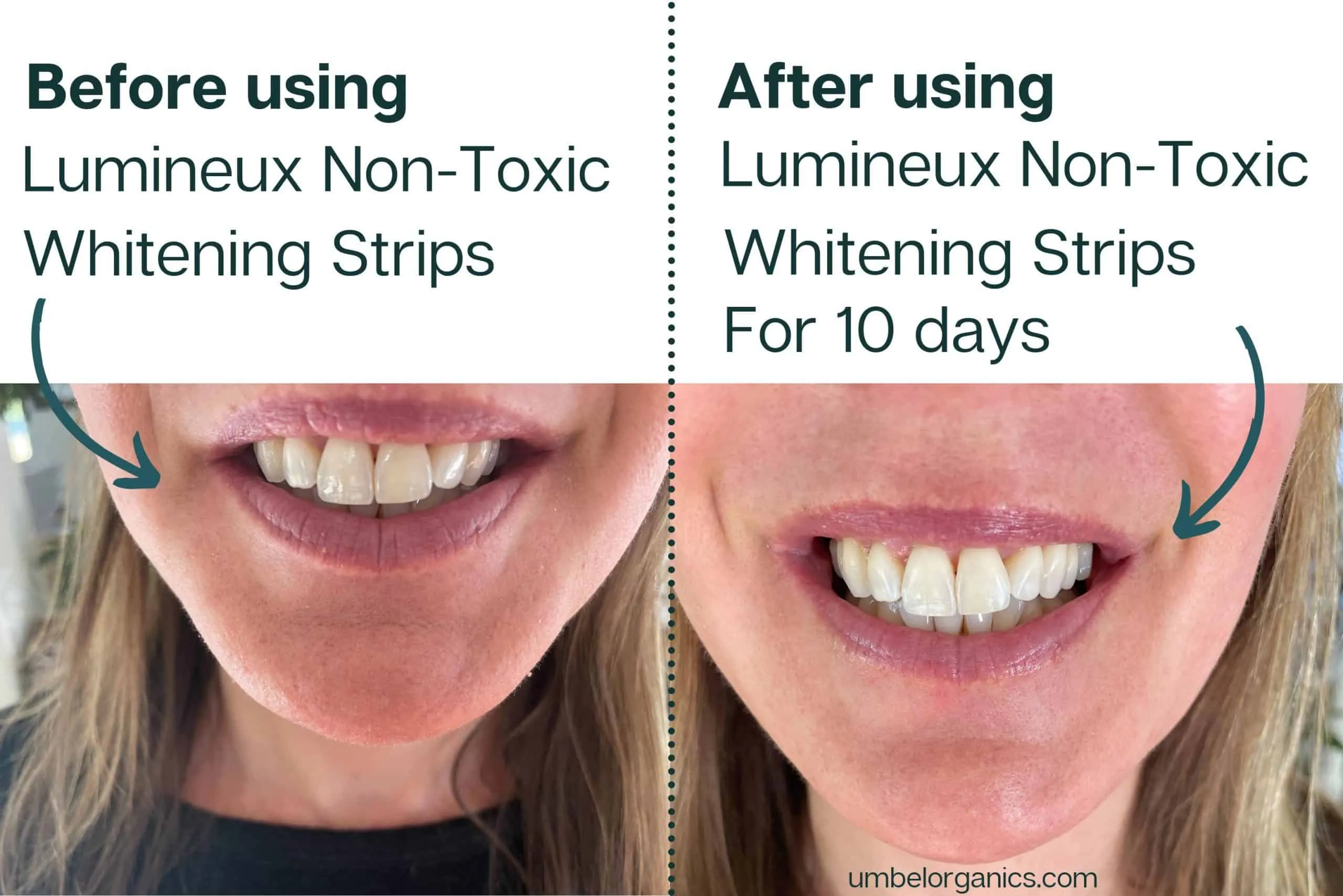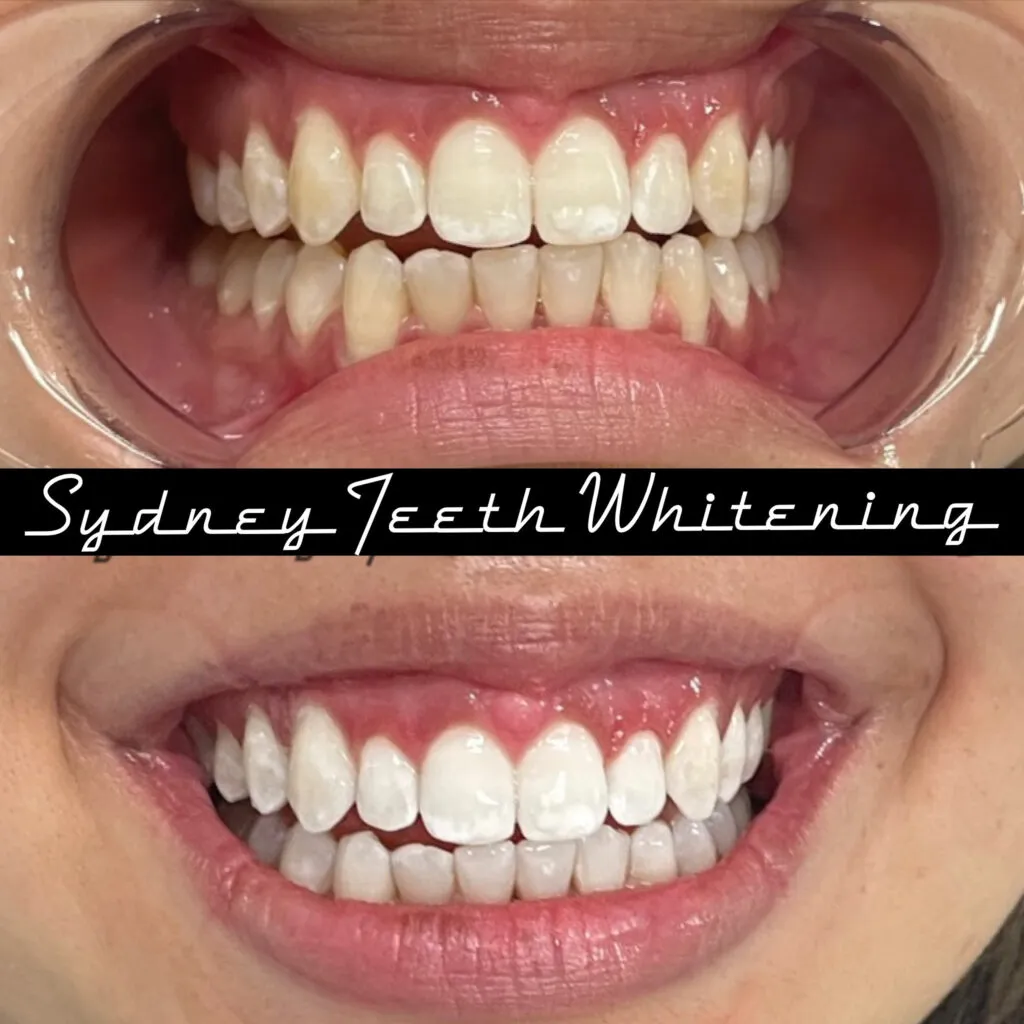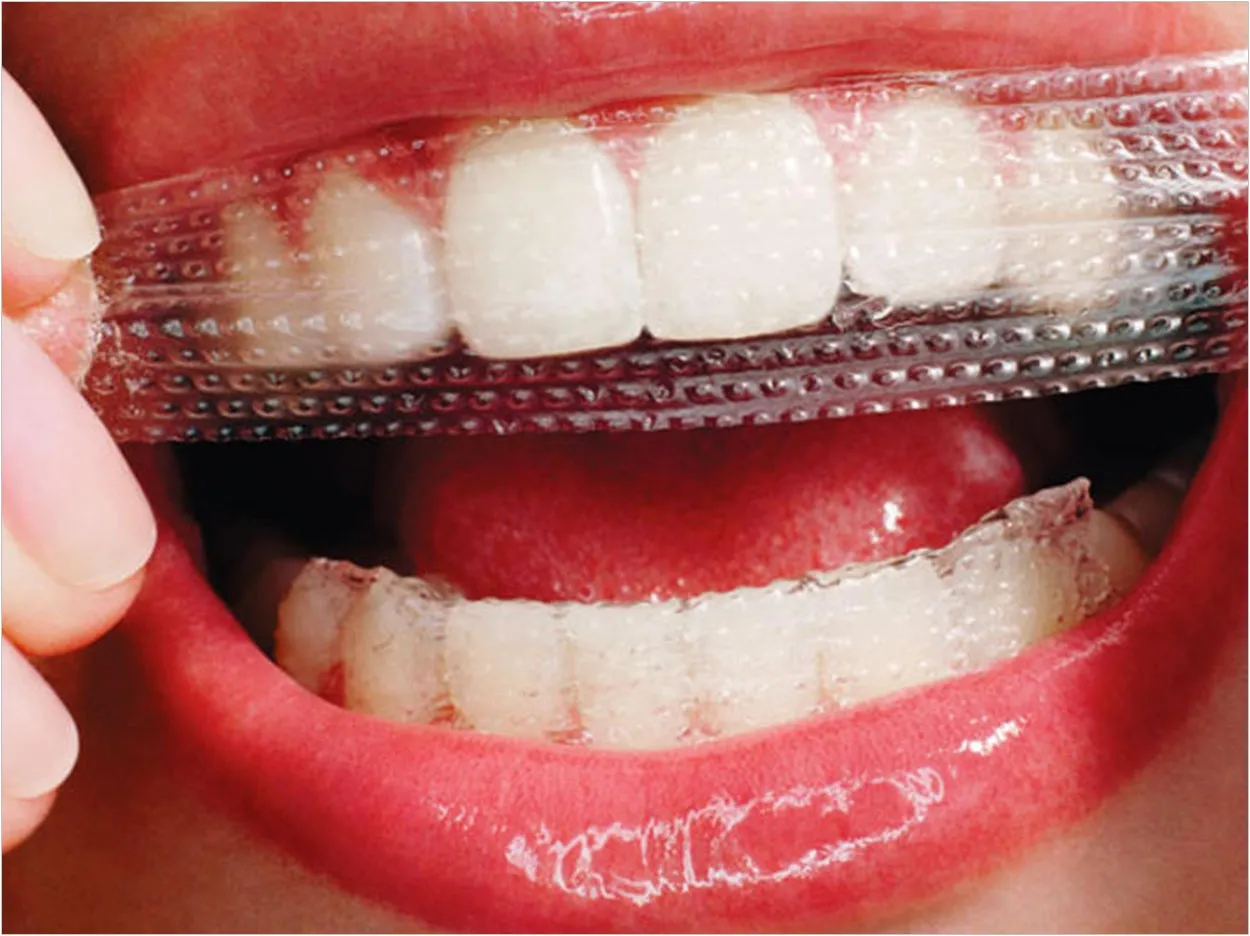Understanding the Risks of Whitening Strips
Whitening strips have become a popular method for achieving a brighter smile, but it’s crucial to understand the potential risks associated with their use. While many people achieve noticeable results, these strips aren’t without potential downsides. Overuse, misuse, or using products that are too strong for your teeth can lead to various problems. This guide will delve into the ways whitening strips can damage teeth and provide actionable steps to mitigate those risks. The goal is to help you achieve a dazzling smile while protecting your oral health. Ignoring the potential risks can result in unwanted consequences, including increased sensitivity, gum irritation, and, in extreme cases, damage to tooth enamel. Therefore, being informed is the first step to safe and effective teeth whitening.
How Whitening Strips Can Damage Teeth
Whitening strips primarily use bleaching agents, typically hydrogen peroxide or carbamide peroxide, to remove stains from the teeth. While these agents are effective at brightening your smile, they can also have adverse effects. The concentration of the bleaching agent, the frequency of use, and the duration of exposure all play a role in the level of potential damage. Overuse can lead to the breakdown of the enamel, making teeth more susceptible to sensitivity and decay. Additionally, the chemicals can irritate the gums, leading to inflammation and discomfort. Not everyone is a good candidate for whitening strips. Those with pre-existing dental issues, such as cavities, gum disease, or sensitive teeth, should exercise extreme caution or consult a dentist before use. Understanding how these products work and their potential impacts is essential to minimizing any harm.
Enamel Erosion and Sensitivity

One of the most significant risks associated with whitening strips is enamel erosion. Enamel is the hard, protective outer layer of your teeth. When exposed to bleaching agents, especially over extended periods or at high concentrations, the enamel can start to thin. This thinning makes the teeth more porous and vulnerable, leading to increased sensitivity to hot or cold foods and drinks. Moreover, enamel erosion makes your teeth more susceptible to cavities and decay. Once the enamel is damaged, it does not regenerate, necessitating professional dental intervention. Therefore, it’s crucial to adhere to the product instructions and not exceed the recommended treatment duration. Look for strips that are specifically designed for sensitive teeth or those with lower concentrations of the bleaching agent.
Gum Irritation and Inflammation
The chemicals in whitening strips can also irritate the soft tissues of your mouth, particularly the gums. The strips often come into contact with the gums, and the bleaching agents can cause inflammation, redness, and soreness. This is especially true if the strips are not applied correctly or if they extend too far over the gum line. Some people may experience a burning sensation or blistering. In severe cases, prolonged exposure to these chemicals can lead to gingivitis or even more serious gum problems. To avoid this, ensure that the strips are properly aligned, avoiding direct contact with the gums as much as possible. If you experience any gum irritation, discontinue use immediately and consult your dentist. Choosing strips that are designed to minimize gum contact can also help reduce the risk.
Choosing the Right Whitening Strips
Selecting the right whitening strips is the first step toward minimizing potential damage. Not all products are created equal, and the concentration of the active ingredient and the formulation of the strip can significantly impact your oral health. Taking the time to research and compare different brands will help you make a more informed decision. Consider your individual needs and any existing dental conditions before purchasing. It’s essential to prioritize products that have been tested and approved by dental professionals or regulatory bodies. This ensures that the product meets certain safety standards. Always consult your dentist if you are unsure which product is best suited for your needs. Understanding the ingredients and the product’s intended use will enable you to make safe and effective choices, promoting both a brighter smile and good oral health.
Ingredients to Avoid

When choosing whitening strips, pay close attention to the ingredients. Certain components can increase the risk of sensitivity and irritation. Look for products with lower concentrations of hydrogen peroxide or carbamide peroxide, as these are the main bleaching agents. Strips with excessive concentrations are more likely to cause damage. Additionally, avoid strips that contain harsh additives, such as artificial flavors or unnecessary chemicals. These can exacerbate sensitivity or cause allergic reactions. If you have known sensitivities, carefully review the ingredient list and choose products free of those allergens. Look for strips that incorporate desensitizing agents like potassium nitrate or fluoride, which can help reduce sensitivity. By being mindful of the ingredients, you can minimize the potential for adverse effects and choose a product that is gentler on your teeth and gums.
Professional vs Over-the-Counter Strips
The market offers both over-the-counter (OTC) and professional whitening strips. OTC strips are readily available and typically contain lower concentrations of bleaching agents, making them less potent and, therefore, less likely to cause significant damage. However, they may also deliver less dramatic results. Professional whitening strips, provided by a dentist, usually contain higher concentrations of bleaching agents. While they can provide faster and more noticeable whitening, they also carry a higher risk of side effects. Dentists can also assess your oral health and provide personalized advice, which can help mitigate risks. They may also offer custom-fitted trays that reduce gum contact and ensure even application. Consulting with a dentist before using any whitening product is always advisable, especially if you have any underlying dental conditions or concerns. They can provide guidance tailored to your specific needs and help you choose the safest and most effective option.
Safe Application Techniques
Correct application of whitening strips is crucial for minimizing the risk of damage. Following the manufacturer’s instructions precisely is paramount. This includes adhering to the recommended duration of use, the frequency of application, and any specific instructions related to your product. Proper application techniques help ensure that the bleaching agents are applied evenly to your teeth, reducing the likelihood of irritation or uneven whitening. Improper use can lead to increased sensitivity, gum irritation, and potentially damage to the enamel. Always consult the product packaging and your dentist for personalized guidance. Practicing safe application techniques ensures a more pleasant and effective whitening experience while protecting your oral health. This proactive approach allows you to enjoy a brighter smile without compromising your dental well-being.
Preparing Your Teeth Before Use

Before applying whitening strips, there are a few preparatory steps you can take to minimize the risk of damage. It’s essential to brush your teeth gently to remove plaque and food particles. However, avoid brushing immediately before applying the strips, as this can temporarily make your enamel more porous and increase sensitivity. Flossing before applying the strips can also help. Make sure your teeth are dry before you apply the strips. This helps them adhere better and reduces the chance of the bleaching agent spreading to your gums. Some people find it helpful to apply a thin layer of petroleum jelly to their gums to create a protective barrier. This can minimize irritation from the bleaching agent. Always consult your dentist for personalized advice. Taking these preparatory measures can help you achieve better results with less risk of damage.
Proper Strip Placement
Correct strip placement is key to preventing gum irritation and ensuring even whitening. Carefully align the strips along the gum line, ensuring that they do not extend over the gums. Overlapping the gums can lead to irritation and inflammation. Use a mirror and good lighting to make sure the strips are properly positioned. Gently press the strips onto your teeth, ensuring they adhere smoothly. Avoid touching the strips once they’re in place. This can help ensure even coverage and prevent the strips from slipping. If you experience any discomfort or the strips are causing irritation, remove them immediately and reassess your application technique. Proper placement minimizes the risk of chemical contact with the gums and promotes more effective and uniform whitening results. Take your time and carefully follow the instructions provided with your whitening strips.
Following the Instructions
Always adhere to the manufacturer’s instructions. This includes the recommended treatment duration, frequency of use, and any specific guidelines for your product. Exceeding the recommended treatment time can increase the risk of tooth sensitivity and enamel damage. Avoid using whitening strips more frequently than directed. Consistency is key, so sticking to the recommended schedule is critical to achieving the desired results without overexposing your teeth to the bleaching agent. If you have any questions or concerns, consult your dentist or the product manufacturer. It’s always better to err on the side of caution. Following the instructions carefully ensures that you’re using the product safely and effectively. Ignoring the instructions can lead to complications and damage to your teeth and gums.
Post-Whitening Care

After using whitening strips, proper post-whitening care is essential to protect your teeth and maintain your results. Your teeth may be more sensitive immediately after treatment, so avoiding very hot or cold foods and drinks is advisable. These can cause discomfort and exacerbate any existing sensitivity. Use a toothpaste designed for sensitive teeth, which contains ingredients like potassium nitrate or stannous fluoride, to help reduce sensitivity. Avoid acidic foods and drinks, such as citrus fruits, soda, and coffee, for at least a few hours after treatment, as these can erode the enamel and increase sensitivity. Maintaining good oral hygiene, including brushing twice a day and flossing regularly, is always crucial. It’s especially important to protect your teeth after whitening, because they are temporarily more vulnerable. Implementing these simple steps can help reduce sensitivity and maintain a bright, healthy smile.
Managing Sensitivity
Sensitivity is a common side effect of whitening strips. If you experience sensitivity, there are several steps you can take to alleviate the discomfort. Use a toothpaste formulated for sensitive teeth. These toothpastes often contain ingredients that help block the tubules in your teeth, reducing sensitivity. Apply a fluoride treatment. Fluoride can help strengthen your enamel and reduce sensitivity. Avoid extremely hot or cold foods and drinks for a few days after treatment, as these can trigger sensitivity. Rinse with a fluoride mouthwash. This can also help protect your enamel. If the sensitivity persists or is severe, consult your dentist, who can provide additional treatment options. They may recommend prescription-strength fluoride treatments or other desensitizing agents. Being proactive in managing sensitivity ensures a more comfortable whitening experience and helps protect your teeth.
Maintaining Oral Hygiene
Maintaining excellent oral hygiene is essential for protecting your teeth and gums. Brush your teeth twice a day with fluoride toothpaste. Brushing removes plaque and food particles, which can contribute to tooth decay and gum disease. Floss daily to remove plaque and food from between your teeth, where your toothbrush can’t reach. Using an antimicrobial mouthwash can also help to reduce bacteria in your mouth. Schedule regular dental check-ups and professional cleanings. Your dentist can identify and address any potential problems early. Avoiding sugary snacks and drinks, as well as limiting your intake of acidic foods, can also protect your enamel. Proper oral hygiene practices are not just important after teeth whitening. They are essential for your overall dental health and help to ensure the longevity of your bright, white smile.
Alternative Teeth Whitening Methods

If you’re concerned about the potential risks of whitening strips, there are several alternative teeth whitening methods to consider. Some methods are gentler and may pose fewer risks, while others are more intensive. These options offer flexibility based on your needs and dental health. Consulting with a dentist is crucial to determining which option is best for you. They can evaluate your oral health and recommend a treatment plan that balances efficacy and safety. Exploring alternatives is a proactive step toward achieving a brighter smile while minimizing any potential harm to your teeth and gums. Choosing the best method depends on your individual needs, existing dental conditions, and desired outcomes. A dentist’s guidance can help you make an informed decision.
Professional Teeth Whitening
Professional teeth whitening, performed by a dentist, is a highly effective option. Dentists can use stronger bleaching agents than those available over the counter, often resulting in faster and more dramatic results. They also have the expertise to monitor your teeth and gums for any signs of irritation or damage. Professional whitening can include in-office treatments, where the dentist applies the bleaching agent directly to your teeth. Dentists also offer custom-fitted trays for at-home whitening, which can provide a more uniform and controlled application. These trays help to minimize gum contact and ensure that the bleaching agent reaches all areas of your teeth. Professional whitening is generally considered safer than over-the-counter options. Dentists can address any existing dental problems and tailor the treatment to your specific needs. While professional whitening may be more expensive, the benefits often outweigh the cost, particularly for those seeking maximum results.
Lifestyle Changes for a Brighter Smile
In addition to professional treatments and whitening strips, certain lifestyle changes can help improve the brightness of your smile. Reducing or eliminating foods and drinks that stain your teeth, such as coffee, tea, red wine, and berries, is a simple yet effective step. Brushing your teeth immediately after consuming these items can help prevent staining. Quitting smoking is crucial, as tobacco use is a major cause of teeth discoloration. Regular dental cleanings and check-ups can also remove surface stains and maintain your overall oral health. Using a whitening toothpaste can help remove surface stains and maintain your results. Drinking plenty of water can help wash away food particles and prevent staining. Making these lifestyle changes can significantly contribute to a brighter, healthier smile, regardless of whether you use other whitening methods.
In conclusion, while whitening strips can be a convenient way to brighten your smile, it’s essential to be aware of the potential risks to your teeth and gums. By understanding how whitening strips can cause damage, selecting the right product, and practicing safe application and post-whitening care, you can minimize these risks and enjoy a brighter smile. Consider alternative teeth whitening methods and lifestyle changes if you’re concerned about potential harm. Always consult with your dentist for personalized advice and to ensure the best approach for your oral health. Prioritizing your oral health is key to achieving a beautiful, long-lasting smile.
